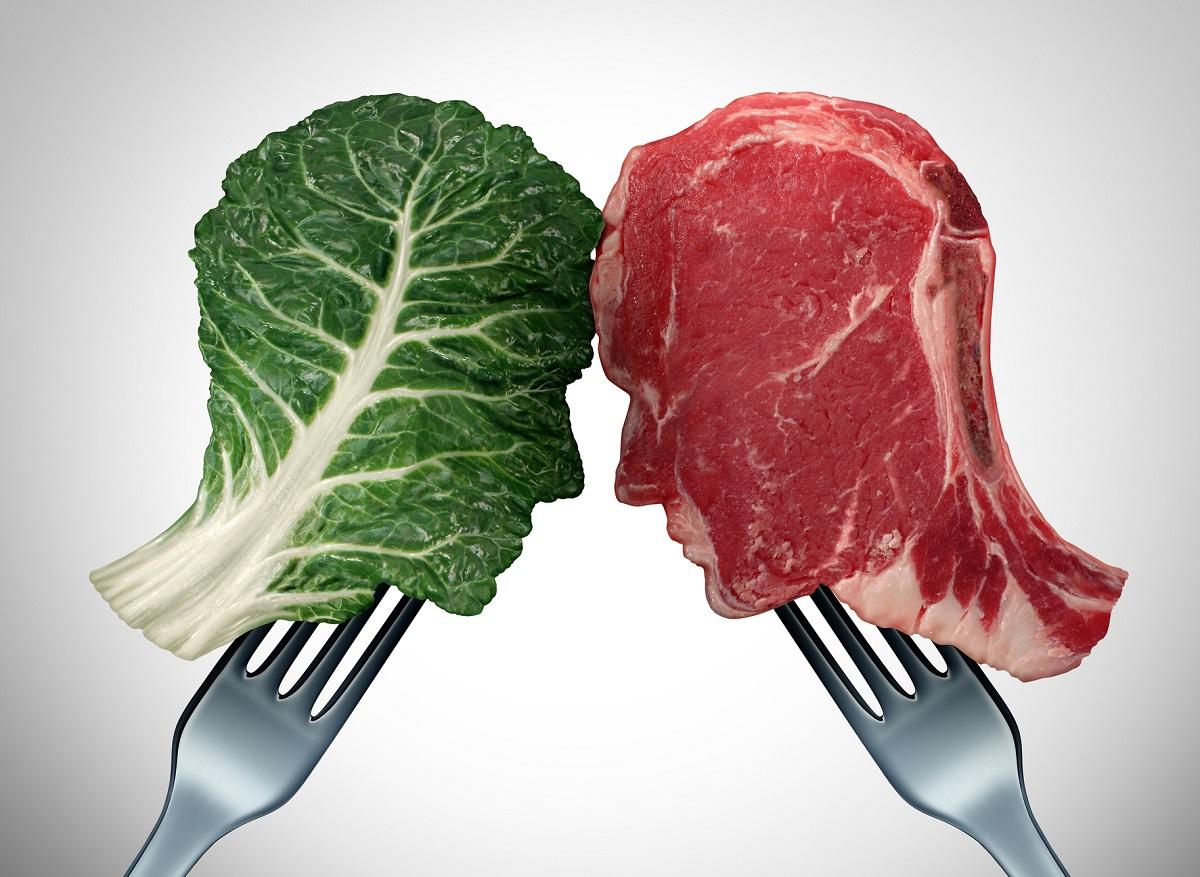The data from this national survey launched in May 2009 also report that more than 95% of men and nearly 82% of women have a salt intake greater than or equal to 6 g per day, the standard set in many European countries.
Average dietary salt intake is 8.4 g/d. They are higher in men (9.2 g/d) than in women (7.6 g/d). Five percent of men and 18% of women have a total salt intake of less than or equal to 6 g/d (recommendation in many European countries). Only 1% of men and 5% of women have a salt intake less than or equal to 5 g/d corresponding to WHO recommendations; 36% of women and 67% of men have salt intake above 8 g/d (maximum level that France had set itself to reach in 2008 under the Public Health Law of 2004); finally, 12% of men and 2% of women have salt intake above 12 g/d. Salt intakes are higher in overweight people, especially those who are obese.
Three quarters of the salt consumed (6.3 g/d) comes directly from food and a quarter (2.1 g/d) is added by the consumer when cooking food or on his plate during the meal. The food groups that contribute the most to sodium intake in the diet are bread and rusks (24.1%), cold cuts (12.5%), cheeses (8.1%), prepared vegetables (raw vegetables, etc.) or cooked (6.8%) and snack foods and “fast food” foods (5.9%).
The salt intakes observed in NutriNet-Santé suggest an evolution over the past ten years, moving in the direction of a reduction in salt intakes at the population level, which is a favorable element in terms of public health. However, salt intake remains too high compared to
international recommendations.
















